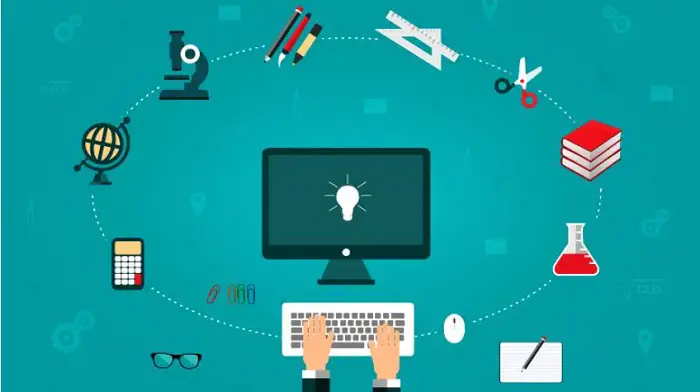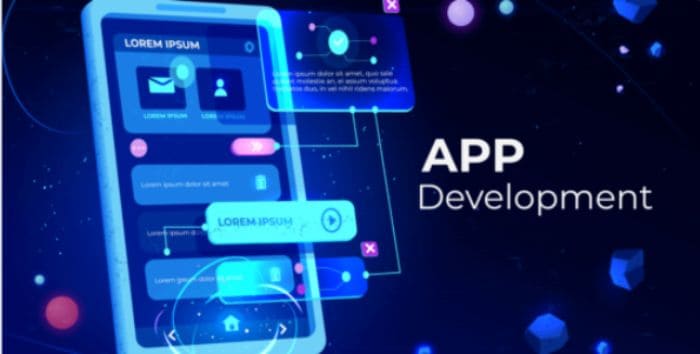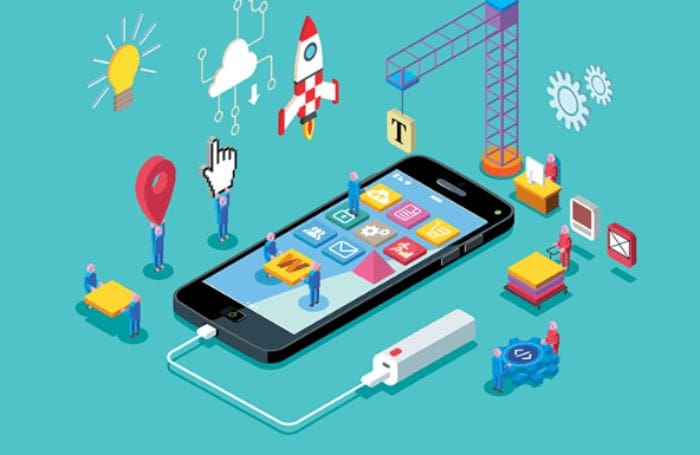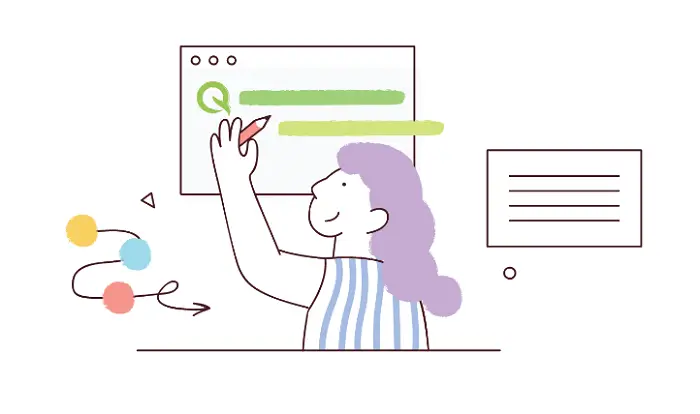Many companies struggle to add a mobile app strategy to their current business model. Companies’ inability to keep up with customer demand for innovative mobile apps may be attributed to some factors, including entrenched ways of thinking, outdated infrastructure and development practices, and a general failure to recognize the significance of the mobile app development budget. There are various mobile development apps available in the market!
To Do Budget Planning, Set A Clear Strategy In Motion, Select The Goals For Your App And App Development Budget, Choose A Platform, Select A Recruiting Strategy, Make A List Of The Features, Utilize Your Resources Wisely To Manage Your App Development Budget and App Development Budget Protection Through Change Management.
See Also: How To Create A Website Design Structure | 8 Steps To Do It Perfectly
For many company owners, founders, and executives in large corporations, this chance to create a brand-new, scalable business channel is a blind spot. If you are a startup that wants to connect with a developer, then you can connect with Lemon, as they will help you with all of it. In addition, management is heavily concerned about the expenses of switching from current methods and establishing a viable mobile app. Calculation mistakes are simple to make. Therefore it’s essential to keep them to a minimum when businesses are assessing expenditures like app development. The subject of how much it truly costs to construct a mobile app is thus one that many people have on their minds. Choosing an Android app development company is the best solution if you don’t know what to do.
See Also: 14 Best Car Designing Software for Professionals [Updated]
Table of Contents
Ways To Do Budget Planning
Now we will discuss how to proceed further in the app development process while considering the app development budget and discussing the strategies and plans for the same. If you want to learn How To Cancel Avast VPN Trial, Check out this.
Set A Clear Strategy In Motion
Do you grasp what has to be included in your app? If the answer is no, you should make informed decisions about your app’s ambitions since engineers and designers will work to meet your expectations.
Let’s move on to the procedures determining the cost of creating a mobile application. Search for hybrid development apps, since there are a lot of them out there.
See Also: How To Turn Off NVIDIA Overlay | Explained With Pictures
Select The Goals For Your App And App Development Budget
There are many justifications for developing an application. Your application’s features and tactics could change depending on the situation. Do you wish to create an app to market your current business? Or maybe you’ve got a novel suggestion that will alter the market? You could even wish to create a customer-engagement-focused application. The Nike+ running app is an excellent illustration of how Nike promotes itself online.
Whatever your plans are, you need to maintain them. You won’t be able to get your money back if the result doesn’t meet your expectations due to the hazy description provided.
See Also: How To Turn Off NVIDIA Overlay | Explained With Pictures
Choose A Platform
It’s common knowledge that expanding your coverage to include additional platforms will attract a greater number of customers. However, app development budget increases rapidly when more platforms adds to the order. You can refer to a lot of budgeting apps to control your finances.
Developing apps for the most popular platforms among your target audience is the most rational course of action.
See Also: Best Apps To Track Your Net Worth In 2022 | Top 8 Apps
Select A Recruiting Strategy
We present 2 scenarios in front of you. Hiring internal developers is the first choice. Hire mobile app developer to start a team of people that can work on your other projects so you can have complete control over the development process. The internal staff, however, results in several ancillary costs.
You must first employ experts and assess their qualifications. Additionally, you need to provide an office with the necessary technology and software for your crew. Sometimes, small companies cannot afford to make these investments.
The alternative is to use the services of a firm that outsources development. You will get a high-quality finished product if you work with the correct firm. Many tiny companies choose the development outsourcing route.
Make A List Of The Features
It is up to you if you want to consider the functioning first. To determine what kinds of issues your app can address, it is preferable to create a list of features.
You may then make your criteria for developers clear: https://fireart.studio/web-design-outsourcing-company/.
Utilize Your Resources Wisely To Manage Your App Development Budget
Application is a kind of company, just like any other, and we shouldn’t be ignorant of it. Investors thus anticipate making a profit. You should be aware that the projected time app requires to recoup its costs and efforts. You will have a choice to either invest in enhancing the present project or plan your next one. The tips to assist you in measuring your budget are now complete. However, marketing costs also play a big part in the success of apps. If you have a high budget, you can also develop apps on a desktop.
See Also: How To Turn Off NVIDIA Overlay | Explained With Pictures
App Development Budget Protection Through Change Management
It is impossible to avoid change while mobile app development. And if enough preparation is not done, it will be quite simple for your team to get distracted from the initial product vision as a result of modification requests.
During development, external factors like customer demands, developing technology, and competitive threats may all surface, forcing development teams to reconsider the specifications of their products. The same effects from internal factors, such as unforeseen user research and test findings, may be seen in your change management approach.
See Also: App Development Budget And Budget Planning | Full Guide
FAQS
Are there ongoing costs associate with app development?
Yes, there are ongoing costs associate with app development. These include maintenance and support costs, hosting and server expenses, app updates and bug fixes, marketing and promotion expenses, and potential costs for integrating new features or adapting the app to evolving platforms or technologies.
Can I develop an app on a limit budget?
Yes, it is possible to develop an app on a limit budget. To do so, you may need to prioritize features and functionalities, choose a more straightforward design, leverage existing frameworks or templates, consider outsourcing to cost-effective developers, and carefully manage the development process to optimize resources.
Are there cost-saving measures I can implement during app development?
Yes, several cost-saving measures can be implement during app development. These include prioritizing essential features, minimizing unnecessary customizations, leveraging open-source libraries or frameworks, efficient project management, reusing existing code or components, and considering cross-platform development to avoid duplicating efforts.
What are the potential hidden costs in app development?
Some potential hidden costs in app development include additional expenses for integrating third-party APIs or services, unexpected platform-specific challenges, compatibility issues with different devices or OS versions, post-launch bug fixes and updates, and ongoing marketing and user acquisition costs to ensure app visibility and adoption.
How can I ensure cost transparency and control during app development?
To ensure cost transparency and control during app development, establish clear project scope and requirements, maintain open communication with your development team, regularly review progress and milestones, prioritize and track expenses, and have a well-define change management process to manage any scope creep or additional requests.
Conclusion
For any project, money is the most crucial factor. Whether you want to start the marketing campaign or add any features, each decision raises budgetary concerns. There are also plenty of different types of software development environment practices that can revamp your workflow. Use this advice and adjust your app development budget sensibly to prevent failures.
See Also: 4 Ways to Fix App Not Installed Error on Android Devices






